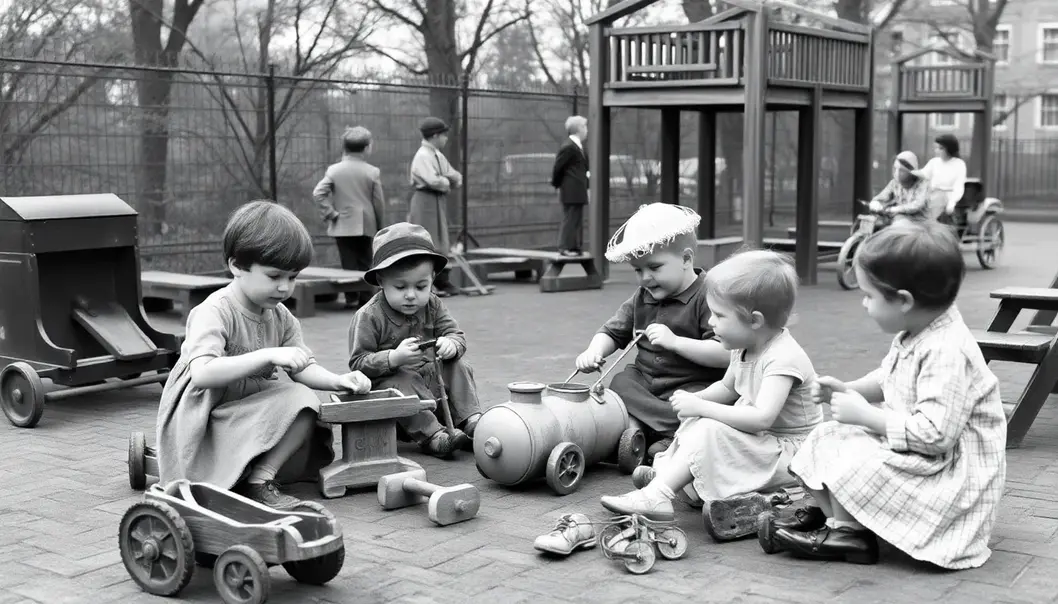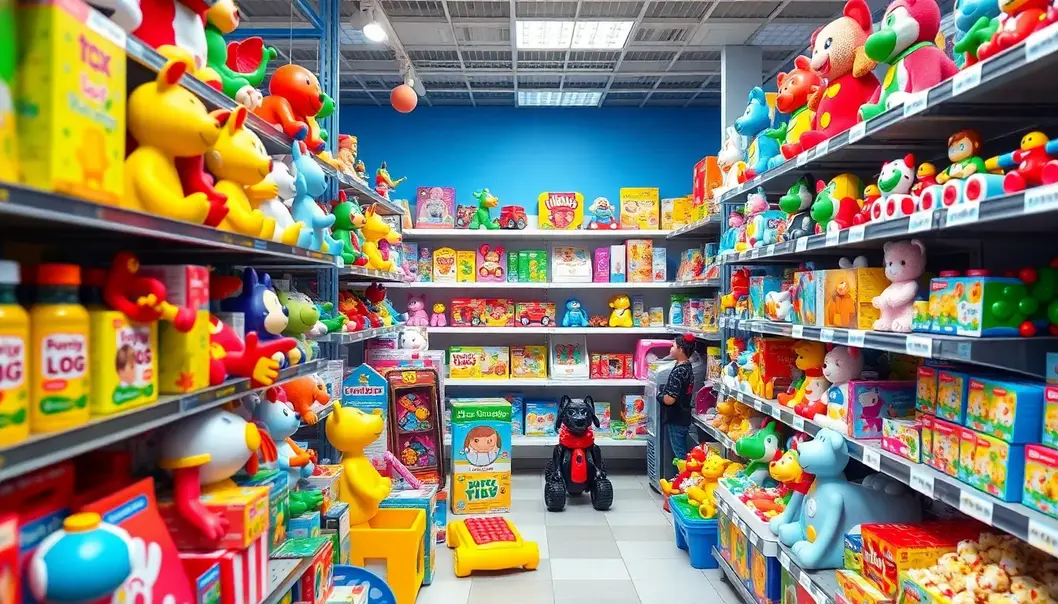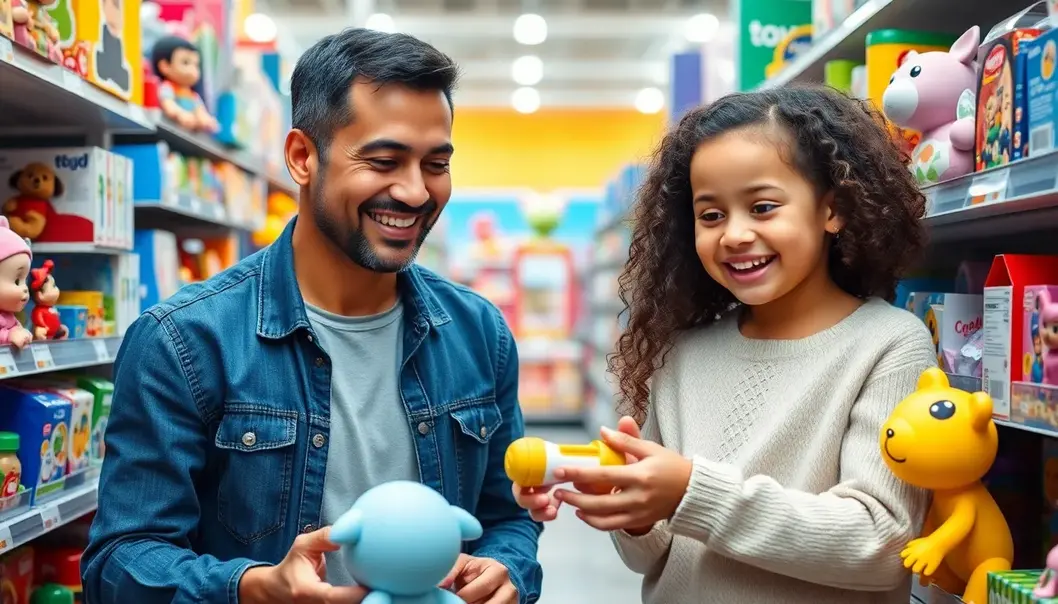Toy safety standards have come a long way, mirroring societal shifts and technological advancements. These standards ensure that toys create laughter and learning without posing risks, adapting through time to changes in materials, manufacturing practices, and consumer expectations. From historic tragedies to modern triumphs, the story of toy safety standards is one that combines vigilance with innovation. Young adults today may fondly remember toys from their childhood but may not realize the intricate safety mechanisms behind them. Dive into the fascinating story of how these safety standards evolved to support safe play for generations.
From Risky Play to Safe Haven

Before the establishment of modern toy safety standards, the playrooms of children were something akin to treasure chests—a vibrant collection of imaginative wonders and, unfortunately, hidden perils. In the early to mid-20th century, the regulation of toys was minimal, putting children at considerable risk. Parents, eager to please their little ones, often had to grapple with the dangerous side of play.
One alarming example is the proliferation of toys painted with lead-based paint. The vivid colors were appealing to children but posed severe health risks. Lead ingestion can result in developmental issues and neurological damage, a revelation that triggered widespread concern among families and healthcare professionals. As fears heightened, so did the clamor for reforms.
Another poignant incident was the safety hazard posed by small detachable parts in toys. There were rising reports of choking incidents, some tragically fatal, as young children often explored their world by putting objects in their mouths. Such occurrences highlighted the need for stringent guidelines regarding the dimensions and robustness of toy components.
Society’s growing awareness and the urge to protect children fueled early regulatory efforts. During this time, consumer advocacy groups started pushing against the proliferation of unsafe toys. They began to document the hazards and rally for governmental interventions to set mandatory safety standards. Families across the country, driven by the desire to safeguard their children’s well-being, became louder voices in the chorus demanding change.
One of the turning points was the introduction of the Consumer Product Safety Commission in the United States in 1972. This marked a paradigm shift from reactive to proactive measures in toy safety. Standards were set for non-toxic materials, restrictively sized parts, and durable construction methods. Though in its infancy, this movement laid a significant foundation for today’s advancements, ensuring that toys were no longer a risky venture.
While the push for safer toys was heralded predominantly in the United States and Europe, other regions soon followed suit. As families communicated concerns and shared stories, the movement gained an international dimension. The collective pressure from parents, fueled by love and a longing for joyful yet secure childhood experiences, transformed the once perilous landscape into a haven for safe play.
The historical transition from hazardous playthings to the standardized toys we see today is a testament to the power of societal demand and parental advocacy. As we consider the journey toward safer toys, we are reminded of the significant strides made by those who championed the cause of child safety, generating vital awareness and seeking reforms in a world yet to recognize the need for them.
The Modern Age of Toy Safety

The landscape of toy safety underwent significant transformations from the late 20th century to today, harmonizing advancements in technology with rigorous legislative frameworks. This era witnessed the collaborative efforts of international organizations, regulatory bodies, and toy manufacturers to elevate safety standards, ensuring that toys not only entertain but also protect young ones.
In the late 20th century, regulatory frameworks solidified under the influence of high-profile incidents that underscored risks in children’s toys. Authorities worldwide responded by creating comprehensive legislation aimed at minimizing these risks. New legislation mandated stringent testing and compliance, forcing manufacturers to adhere to higher standards. Such laws were reflected in the European Union’s Toy Safety Directive and the United States’ Consumer Product Safety Improvement Act, establishing benchmarks for toy safety that have evolved over time.
International organizations such as the International Organization for Standardization (ISO) and the American Society for Testing and Materials (ASTM) played pivotal roles in crafting standards that transcended borders. They developed guidelines like ISO 8124 and ASTM F963, which became critical in the global synchronization of toy safety practices. These standards ensure that toy manufacturers across different countries adhere to universally accepted safety criteria, providing a reliable safety net for consumers worldwide.
Manufacturers also embraced technological advancements to innovate and improve toy safety. Modern toys often include electronic components, necessitating the integration of technologies like RFID tracking to prevent counterfeiting. More sophisticated quality control processes, enabled by advancements in machine learning and data analytics, allow for real-time testing and improvements in safety mechanisms to safeguard against any potential hazards that toys may pose.
Digital technology has furthered toy safety by enabling the rise of smart toys, which connect to the internet, sometimes presenting new cybersecurity challenges. Manufacturers now face the task of ensuring not just physical safety, but digital security as well. This requires embedding robust encryption methods and privacy controls to protect a child’s data and prevent unauthorized access.
Amidst these advancements, a shift towards eco-friendly materials has taken center stage. With a heightened awareness of environmental impacts, both producers and regulators have increasingly favored sustainable and non-toxic materials. Biodegradable plastics and ethically-sourced wood have become preferred choices, aligning the toy industry with global environmental conservation efforts.
The commitment to safer, more sustainable toys is a continuous journey, reflecting the evolving expectations of families and a cognizance of the environmental footprint left behind by our consumption habits. As the toy industry looks to the future, the blend of technological innovation and conscientious design that has characterized recent years will remain critical in securing safe and joyful play environments. For those interested in further exploration of cultural impacts on products, there’s a captivating article on exploring Japanese culture through cherry blossom symbolism.
Final words
The evolution of toy safety standards reflects our collective commitment to ensuring safe play environments for the young. As awareness grows and technology advances, these standards will continue to adapt, ensuring that each toy not only entertains but does so safely. This journey illustrates how proactive measures, informed by past lessons, shape a safer future for playthings across the globe.
Learn more about toy safety standards and tips at our resources.
Learn more: https://www.toysafety.org/resources
About us
ToySafety.org offers comprehensive resources on toy safety standards, providing tips for selecting safe toys and information on current safety certifications.

